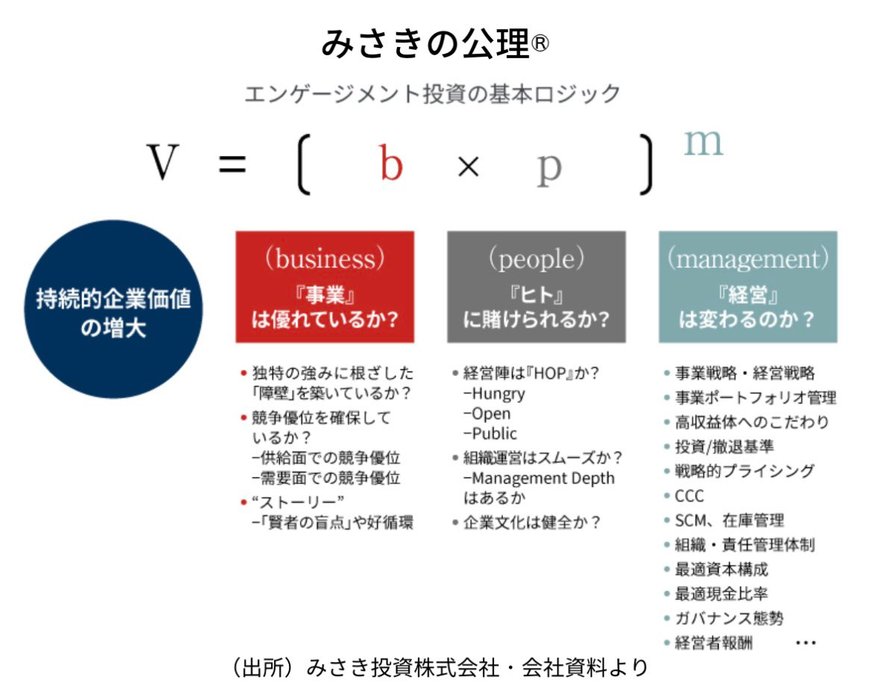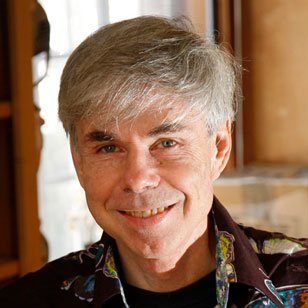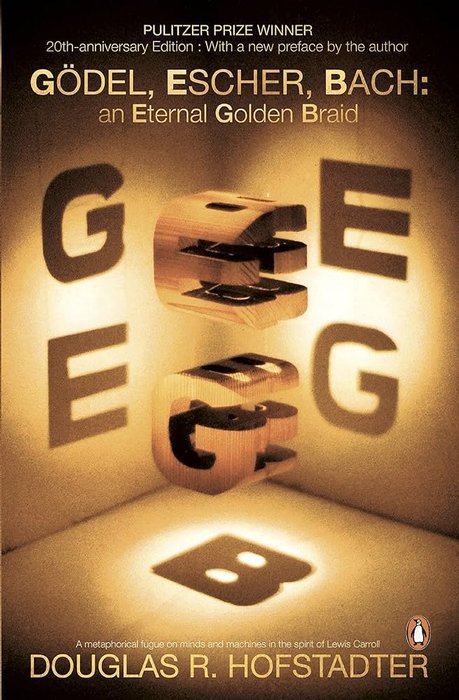Sublime
An inspiration engine for ideas
A co-founder at Justin.tv, Vogt was later described as the "creative genius" at the start-up, who "hero-coded" the company out of problems and designed the camera systems necessary for live streaming.[8] As reported in Fortune, according to Justin.tv co-founder Justin Kan, Vogt would "just, like, lock himself in a room for three days and code away... See more
Kyle Vogt

みさき投資の投資哲学は、上場企業経営者の心得としても必読だと思う。
事業、ヒト、経営で成り立つ「みさきの公理」。特に経営者の資質を見抜く3要件に注目。
・Hungry: 会社を1ミリでも成長させようという貪欲さ
・Open: どんな対話も受け入れるだけの度量
・Public: 社会の公器としての意識 https://t.co/AcnjjD1btF

Mihaly Csikszentmihalyi from the University of Chicago. He wrote the 1990 book called Flow: The Psychology of Optimal Experience.
Michael Linenberger • Master Your Workday Now: Proven Strategi
“It’s not just about observing what a person does,” says Dan Ariely, a professor of psychology and behavioral economics at Duke University and the author of Predictably Irrational, among other books. “It’s trying to understand the reasons behind that.”
Rob Walker • The Art of Noticing: 131 Ways to Spark Creativity, Find Inspiration, and Discover Joy in the Everyday
Chade-Meng Tan’s suggested exercises,
Timothy Ferriss • Tools Of Titans: The Tactics, Routines, and Habits of Billionaires, Icons, and World-Class Performers
"It is rarely a mysterious technique that drives us to the top, but rather a profound mastery of what may well be a basic skill set."
—Josh Waitzkin
Mastery of basics, not secret techniques, makes legends.
Look at Roger Gracie's BJJ dominance—leverage and positioning. Jiro... See more


This is Douglas Hofstadter, professor of Cognitive & Computer Science at Indiana University Bloomington
Best known for his book Goedel, Escher, Bach (1980)
this is nerd 🧵 about his influence on me, and the present https://t.co/dsZkkRVV9U